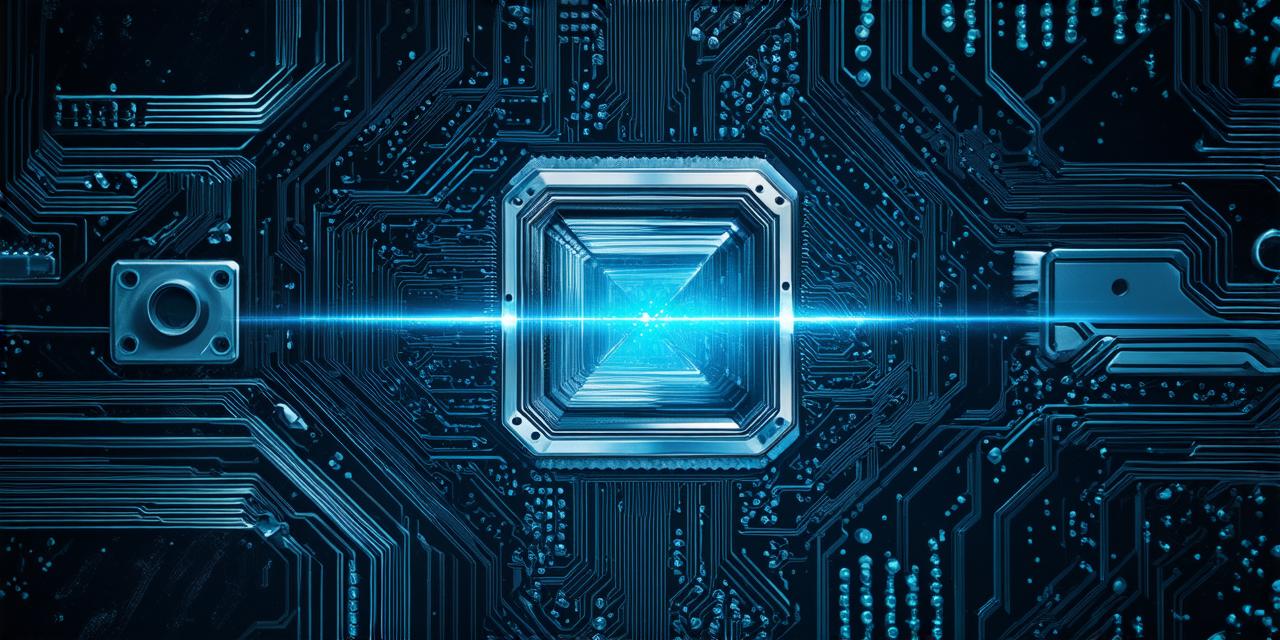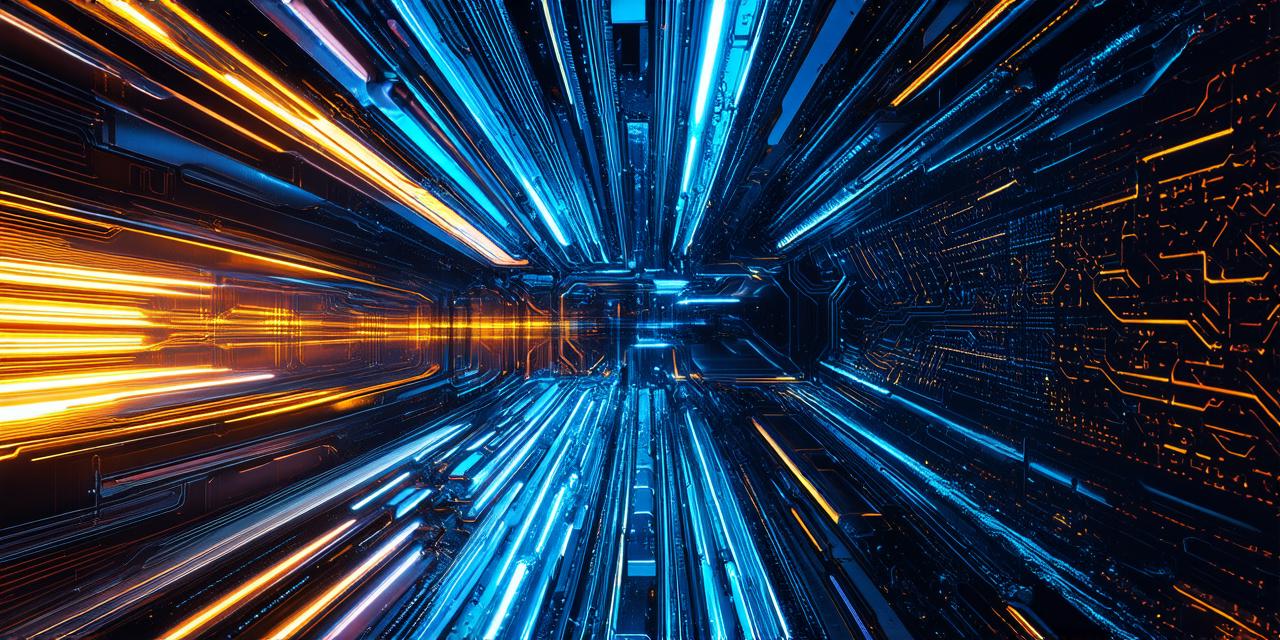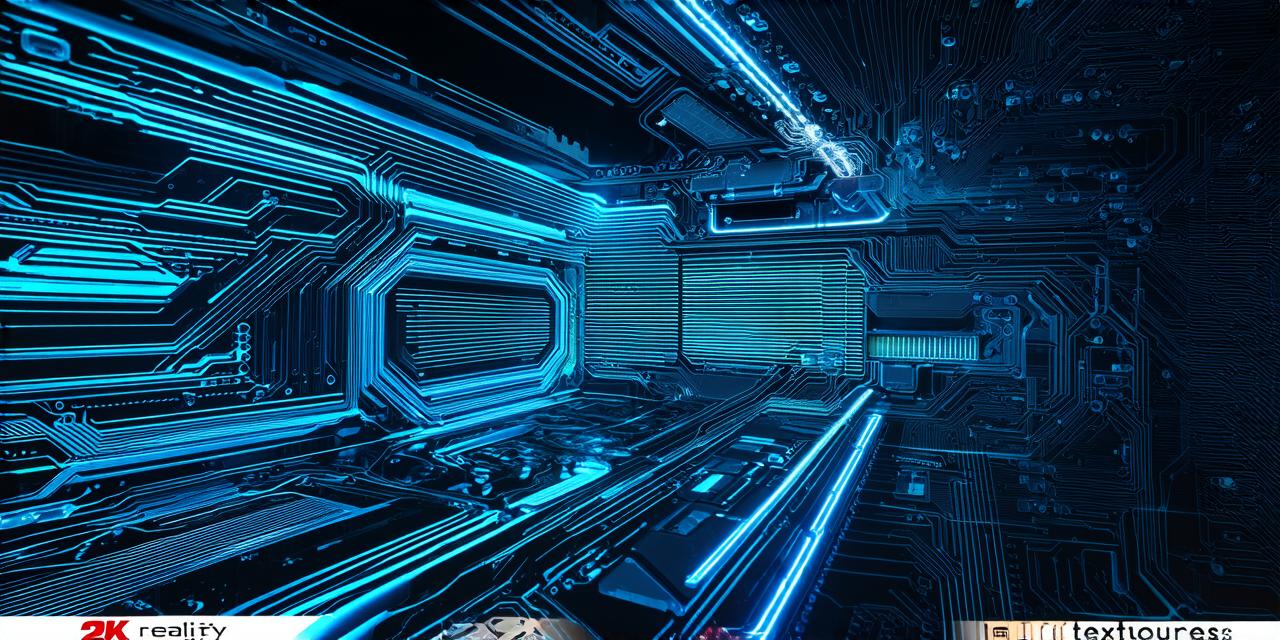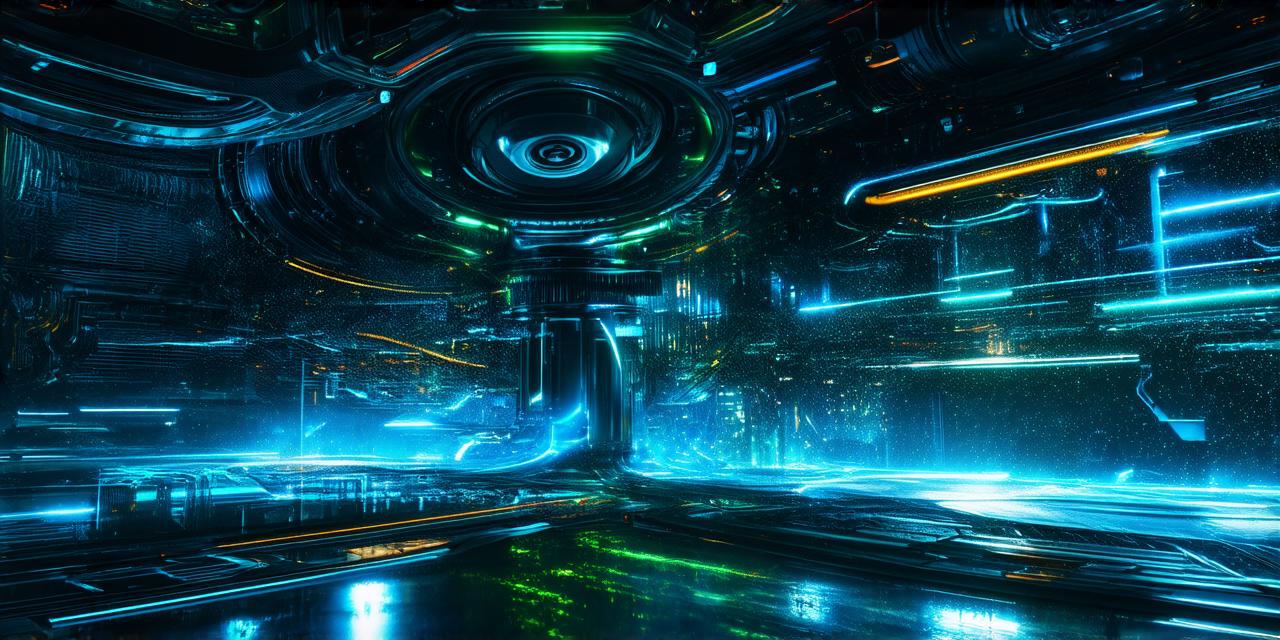If you are new to the concept of 3D mixed reality, it can be difficult to understand how this technology works and what its potential applications are. In this article, we will provide an introduction to 3D mixed reality and answer some common questions about this exciting technology.
What is 3D Mixed Reality?
At its core, 3D mixed reality combines the best of both worlds: 2D and 3D computer-generated environments. In a 3D environment, objects exist in three dimensions, allowing for more realistic interactions with virtual objects. Mixed reality extends this by introducing real-world elements into a 3D environment, creating a seamless blend between the physical and digital worlds.
How does 3D Mixed Reality work?
To experience 3D mixed reality, you will need a device that is capable of tracking your movements in real-time. This could be a smartphone or other mobile device with an accelerometer and gyroscope, or it could be a dedicated VR headset with built-in sensors.
Once your device is able to track your movements, it can use this data to create a virtual environment that is synchronized with the real world. This means that as you move in the physical world, objects in the virtual world will move in response, creating a sense of presence and immersion.
What are some potential applications of 3D Mixed Reality?
The potential applications of 3D mixed reality are virtually endless, but here are a few examples:
- Education: With 3D mixed reality, students can explore virtual environments that simulate real-world scenarios, allowing them to learn in a more immersive and engaging way.
- Training: In fields such as medicine and aviation, 3D mixed reality can be used to provide realistic training simulations that are not possible in the real world.
- Entertainment: Games and other forms of entertainment can be brought to life in 3D mixed reality, creating a more immersive and interactive experience for players.
- Retail: In retail, 3D mixed reality can be used to create virtual showrooms that allow customers to see products in a more realistic and interactive way.
- Real Estate: With 3D mixed reality, real estate agents can provide virtual tours of properties that are not yet built or available for viewing.
Conclusion
3D mixed reality is an exciting technology with the potential to revolutionize many aspects of our lives. By combining the best of both worlds, it allows us to experience virtual environments in a more immersive and realistic way than ever before. Whether you are interested in education, training, entertainment, or real estate, 3D mixed reality is sure to have something for everyone.



